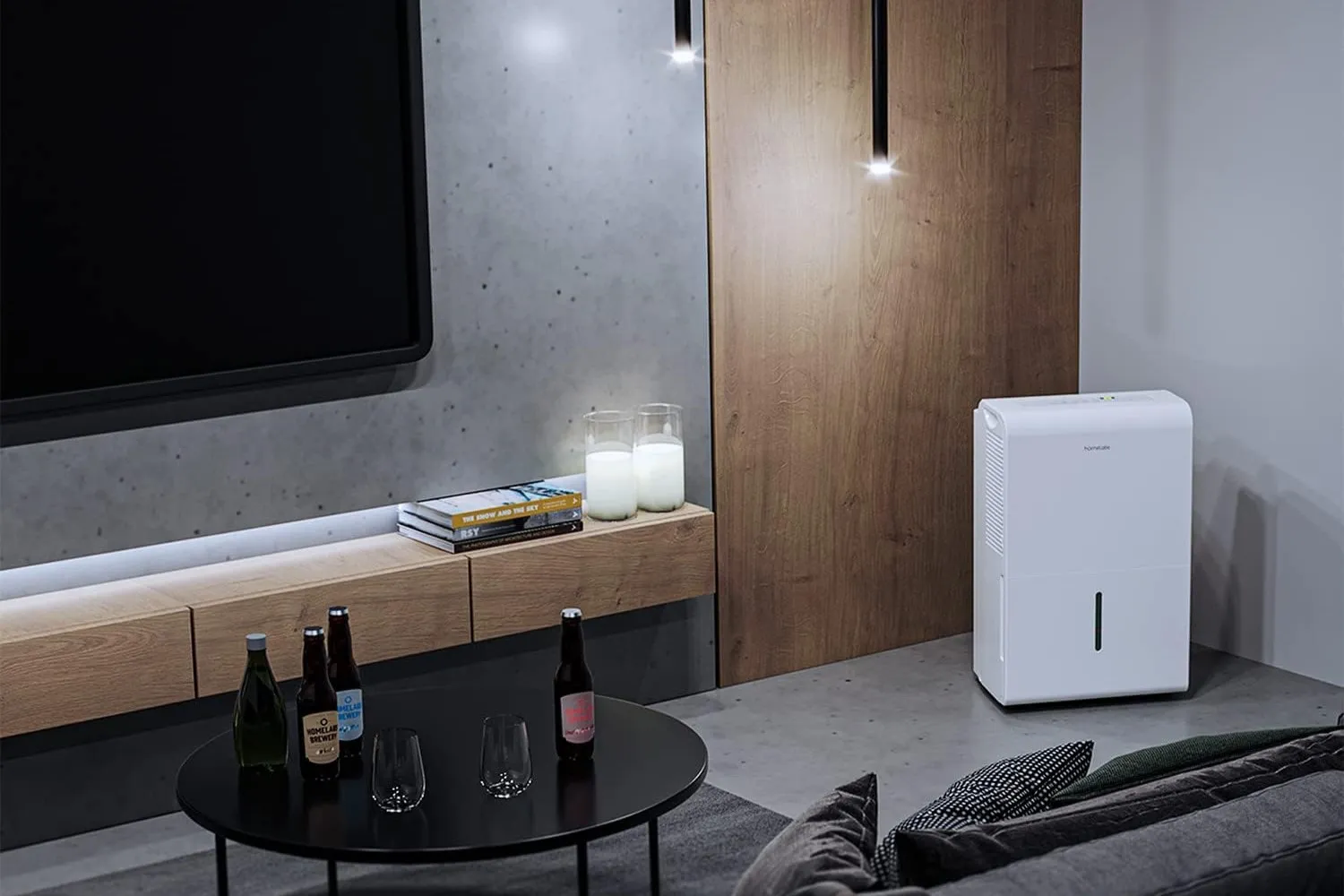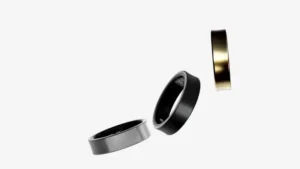
If you live in a humid climate, you know how uncomfortable it can be. Not only does humidity make you feel sticky and sweaty, but it can also lead to mold and mildew growth, which can trigger allergies and asthma.
A portable home dehumidifier can help to reduce humidity in your home, making it more comfortable and healthy for you and your family. Portable dehumidifiers are easy to use and maintain, and they come in a variety of sizes and price ranges to fit your needs.
Let’s discuss the benefits of using a portable home dehumidifier, how to choose the right one for your needs, and how to use it effectively.
Table of Contents
What is a portable home dehumidifier?
A portable home dehumidifier is a device that removes excess moisture from the air in your home. It is a type of air conditioner that is specifically designed to reduce humidity. Portable dehumidifiers are typically smaller and lighter than traditional air conditioners, making them easy to move from room to room.
How portable home dehumidifiers work
There are two main types of portable home dehumidifiers: desiccant dehumidifiers and compressor dehumidifiers.
Desiccant dehumidifiers use a desiccant material, such as silica gel, to absorb moisture from the air. The desiccant material is then heated to release the moisture, which is then collected in a water reservoir.
Compressor dehumidifiers use a compressor to cool the air, which causes the moisture in the air to condense into water droplets. The water droplets are then collected in a water reservoir.
There is also a third type of portable home dehumidifier called a thermoelectric dehumidifier. Thermoelectric dehumidifiers are less common than desiccant and compressor dehumidifiers, and they are not as effective at removing moisture from the air.
Pros and Cons
Type: Desiccant.
How it works: Uses a desiccant material to absorb moisture from the air.
Pros: Works in cold climates; energy-efficient; quiet.
Cons: More expensive than compressor dehumidifiers; requires regular maintenance.
Type: Compressor.
How it works: Uses a compressor to cool the air, which causes the moisture in the air to condense into water droplets.
Pros: Most effective at removing moisture from the air; relatively affordable.
Cons: Can be noisy; less energy-efficient than desiccant dehumidifiers.
Type: Thermoelectric.
How it works: Uses a thermoelectric effect to remove moisture from the air.
Pros: Portable and lightweight; quiet; no moving parts.
Cons: Least effective at removing moisture from the air; most expensive type of dehumidifier.
Benefits of using a portable home dehumidifier
There are many benefits to using a portable home dehumidifier, including:
- Reduces mold and mildew growth: High humidity can create ideal conditions for mold and mildew growth, which can lead to health problems and damage to your home. Portable dehumidifiers can help to reduce humidity and prevent mold and mildew from growing.
- Improves air quality: Humidity can also trap allergens and other pollutants in the air, which can trigger allergies and asthma. Portable dehumidifiers can help to improve air quality by removing excess moisture from the air.
- Makes your home feel more comfortable: High humidity can make your home feel hot and sticky, even when the temperature is not that high. Portable dehumidifiers can help to make your home feel more comfortable by reducing humidity.
- Protects your belongings from damage caused by moisture: Moisture can damage your belongings, such as furniture, electronics, and books. Portable dehumidifiers can help to protect your belongings from moisture damage.
How to choose the right portable home dehumidifier for your needs
When choosing a portable home dehumidifier, there are a few factors to consider:
Capacity
The capacity of a dehumidifier is measured in pints per day (PPD). This tells you how much moisture the dehumidifier can remove from the air in a 24-hour period. To choose the right capacity dehumidifier for your needs, you’ll need to consider the size of your home and the level of humidity you’re trying to achieve.
Type
There are two main types of portable home dehumidifiers: desiccant dehumidifiers and compressor dehumidifiers. Desiccant dehumidifiers are best for use in cold climates, while compressor dehumidifiers are more effective in warm and humid climates.
Features
Some portable home dehumidifiers come with additional features, such as a built-in humidistat, a timer, and a drain hose. Consider which features are important to you and choose a dehumidifier that has them.
Price
Portable home dehumidifiers can range in price from around $100 to $500 or more. Choose a dehumidifier that fits your budget and needs.
Read reviews
Before you buy a dehumidifier, read reviews from other consumers to get their feedback. This can help you to choose a reliable and effective product.
Consider your needs
Think about where you’ll be using the dehumidifier and what features are important to you. Do you need a dehumidifier for a large or small space? Do you want a dehumidifier with a built-in humidistat or a timer?
Compare prices
Once you’ve narrowed down your choices, compare prices from different retailers to get the best deal.
Once you’ve chosen a portable home dehumidifier, be sure to follow the manufacturer’s instructions for use and maintenance. This will help to ensure that your dehumidifier works properly and lasts for many years.
How to use a portable home dehumidifier
To use a portable home dehumidifier, simply place it in the room where you want to reduce humidity and plug it in. Set the humidistat to the desired humidity level and the dehumidifier will start to remove moisture from the air.
Be sure to empty the water reservoir regularly, especially if you are using the dehumidifier in a humid environment.
Maintenance of a portable home dehumidifier
To maintain a portable home dehumidifier, simply clean the filter regularly. The filter should be cleaned according to the manufacturer’s instructions.
When not in use, store the dehumidifier in a cool, dry place.
Some tips
- Place the dehumidifier in a central location in the room so that it can effectively remove moisture from the air.
- Keep the dehumidifier away from heat sources and direct sunlight.
- If you are using the dehumidifier in a small room, you may need to empty the water reservoir more often.
- Clean the filter regularly to prevent dust and other particles from building up.
- Store the dehumidifier in a cool, dry place when not in use.
Conclusion
Portable home dehumidifiers can be a great way to reduce humidity in your home and improve air quality. They are also relatively easy to use and maintain.
If you are considering buying a portable home dehumidifier, be sure to do your research and choose a model that is right for your needs.








